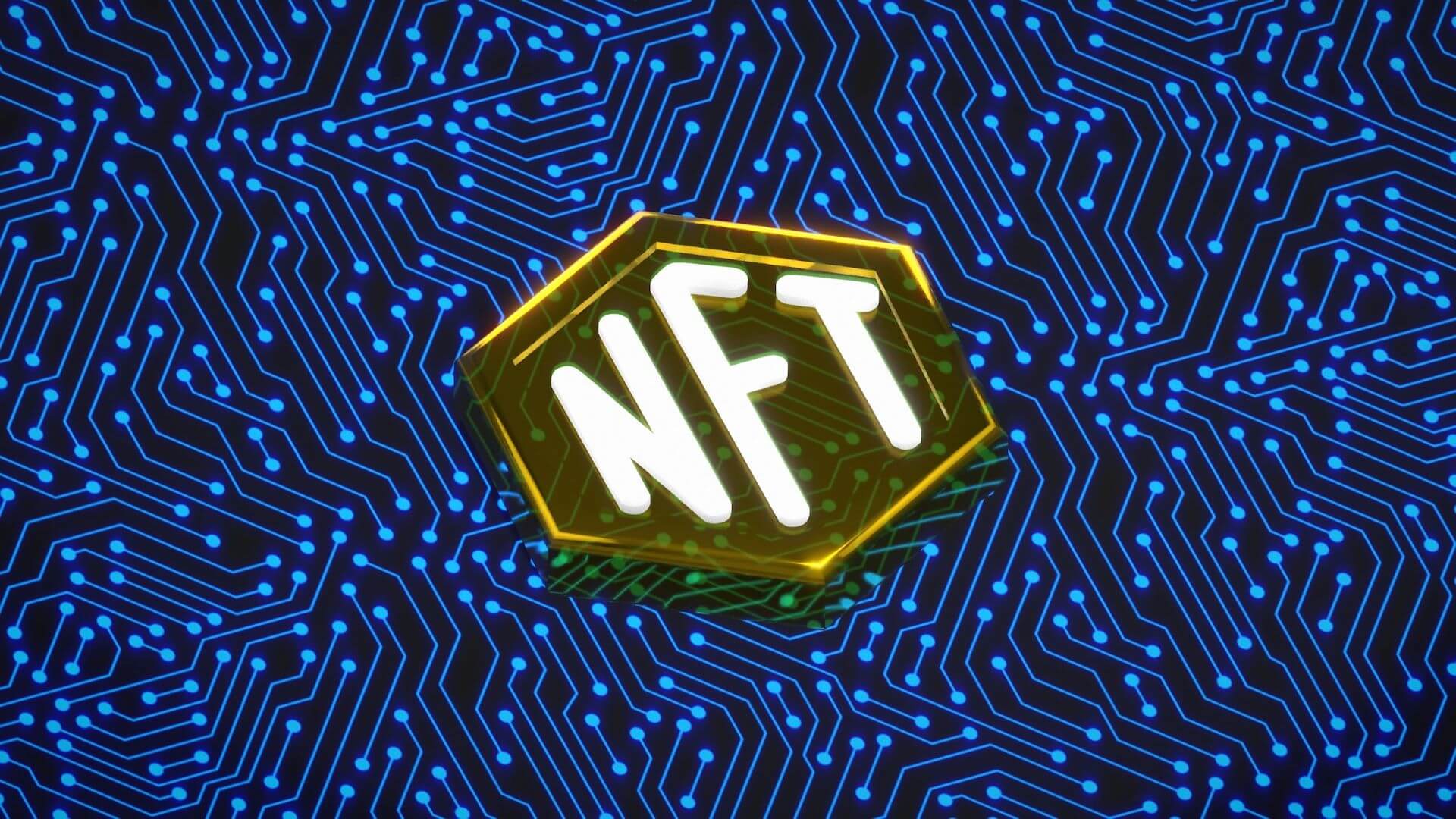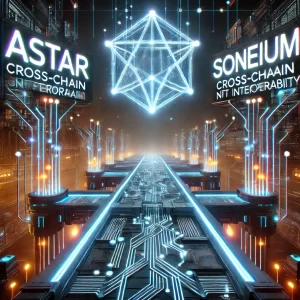Non-Fungible Tokens (NFTs) have taken the world by storm. These unique digital assets allow creators to sell their work as one-of-a-kind items and collectors to own something truly unique. NFTs can be anything from digital art to music to video games, and their popularity has led to a boom in the market for these digital assets. However, one of the biggest challenges facing the NFT space is interoperability. With so many blockchains and marketplaces, it can be difficult for NFTs to move between different platforms. That’s where NFT bridges come in.
NFT bridges are platforms that allow NFTs to be transferred between different blockchains. They act as a gateway between two networks, allowing NFTs to move from one blockchain to another. For example, an NFT created on the Ethereum blockchain can be moved to the Binance Smart Chain using an NFT bridge.

- NFT bridges are essential for the growth and adoption of NFTs. Without them, NFTs would be limited to the specific blockchain they were created on, significantly reducing their value and potential. With NFT bridges, creators and collectors can take advantage of the benefits of different blockchains and marketplaces, increasing the visibility and reach of their NFTs.
NFT bridges come in different forms, and several platforms offer this service. Some of the most popular NFT bridges include:
ChainGuardian – This platform allows users to move their NFTs between the Ethereum and Binance Smart Chain blockchains.
AnySwap – AnySwap is a cross-chain swap platform enabling users to move NFTs between blockchains, including Ethereum, Binance Smart Chain, Polygon, and Fantom.
Hop Protocol: This platform enables users to move NFTs between Ethereum, Polygon, and xDai.
PolyNetwork – PolyNetwork is a decentralized platform allowing cross-chain asset transfers, including NFTs. It currently supports Ethereum, Binance Smart Chain, and Polygon.
These NFT bridges offer a variety of benefits to creators and collectors. First and foremost, they increase the liquidity of NFTs, allowing them to be bought, sold, and traded on multiple platforms. They also grow the potential audience for NFTs, as they can be viewed and purchased on different marketplaces. Additionally, NFT bridges can reduce the fees associated with moving NFTs between other platforms, making it more affordable for users to take advantage of the benefits of different blockchains.
In conclusion, NFT bridges are an essential component of the NFT ecosystem. They enable creators and collectors to take advantage of the benefits of different blockchains and marketplaces, increasing the visibility and reach of NFTs. Furthermore, with the popularity of NFTs continuing to grow, NFT bridges will play an increasingly important role in the future of digital asset ownership and exchange. Want to talk about it? Join us on our Discord.









